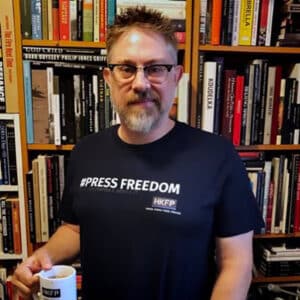Daido Moriyama is arguably Japan’s most famous and influential photographer. Over his six-decade career, he has been a most prolific and innovative photographer, authoring more than 150 books of his work. Now, as he turns 85, a career spanning magnum...



